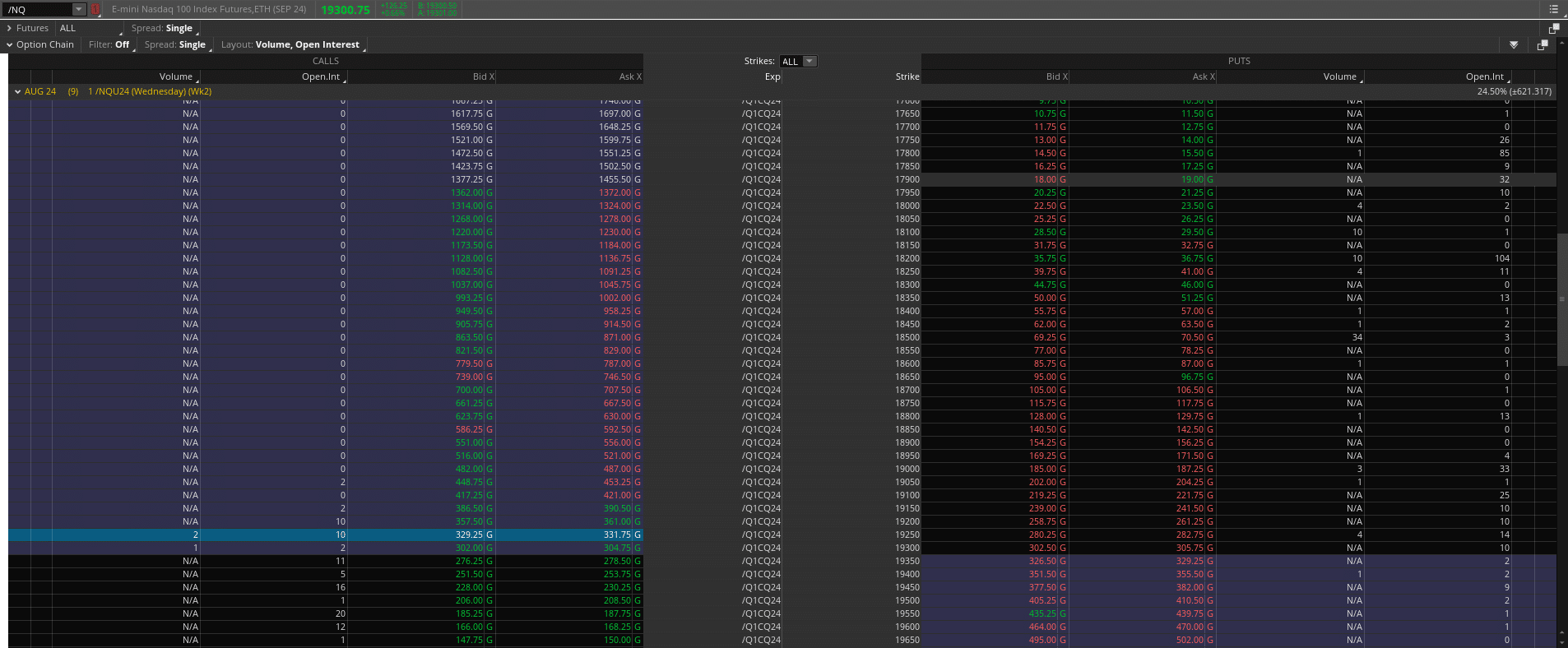Mastering Butterfly Spreads
Mastering Butterfly Spreads
A Comprehensive Guide for Options Traders

What is a Butterfly Spread?
A butterfly spread is an options strategy involving four options contracts with the same expiration date, but three different strike prices. This strategy is designed to profit from low volatility in the underlying asset. There are three main types of butterfly spreads:
- Long Call Butterfly Spread: Buys one call option at a lower strike, sells two calls at a middle strike, and buys one call at a higher strike.
- Long Put Butterfly Spread: Buys one put option at a lower strike, sells two puts at a middle strike, and buys one put at a higher strike.
- Iron Butterfly Spread (or Iron Condor): Combines a long call butterfly spread and a long put butterfly spread.
Why Use a Butterfly Spread?
![Image Suggestion: A table comparing the pros and cons of butterfly spreads with other options strategies.]
Limited Risk with Butterfly Spreads
The maximum loss is the initial debit paid to enter the trade. For instance, if you pay $200 to enter a butterfly spread, that’s the most you can lose.
Defined Profit Potential in Butterfly Spreads
The maximum profit is achieved if the underlying asset’s price is at the middle strike price at expiration. In our $200 example, if the stock price ends at the middle strike, you could potentially make a profit of several hundred dollars.
Neutral Outlook
Ideal for traders who expect minimal price movement in the underlying asset. If you think a stock will stay relatively flat around its current price, a butterfly spread could be a good fit.
How to Construct a Butterfly Spread
Choose Your Underlying Asset
Select a stock, ETF, or index you believe will have limited volatility. Let’s say you’re interested in Apple (AAPL).
Select Strike Prices for Your Butterfly Spread
The middle strike should be close to the current price of the underlying asset. If AAPL is trading at $150, your middle strike could be $150. The other two strikes should be equidistant above and below the middle strike, maybe $145 and $155.
Determine Expiration Date for Butterfly Spreads
Choose an expiration date that aligns with your market outlook. You might choose an expiration a few weeks out if you anticipate AAPL staying in this range for that period.
Risks and Considerations of Butterfly Spreads
Time Decay in Butterfly Spreads
Options lose value as they get closer to expiration. If AAPL’s price doesn’t move, your butterfly spread could lose value even if your prediction about volatility was correct.
Volatility Changes Impact on Butterfly Spreads
Increased volatility can hurt the profitability of a butterfly spread. If AAPL suddenly becomes very volatile, your butterfly spread could lose money.
Requires Precise Timing
The strategy works best when the underlying asset’s price is near the middle strike at expiration.
Example of a Butterfly Spread
Let’s revisit the AAPL example. You could buy one AAPL 145 call, sell two AAPL 150 calls, and buy one AAPL 155 call, all expiring in one month. Your maximum loss would be the price you paid to enter the trade (the debit).
When to Use Butterfly Spreads
Earnings Season
If you expect a muted reaction to AAPL’s earnings, a butterfly spread could be profitable.
Economic Announcements
If you think an upcoming Fed announcement won’t significantly impact the market, a butterfly spread on the S&P 500 might make sense.
Range-Bound Markets
If you see that a stock like Tesla (TSLA) has been trading sideways, a butterfly spread could capitalize on this low volatility.
Additional Tips for Butterfly Spreads
Adjustments
Consider adjusting your butterfly spread if the underlying asset’s price moves significantly. For example, if AAPL suddenly jumps to $160, you might adjust your strikes higher to maintain a profitable position.
Paper Trading Butterfly Spreads
Practice with virtual money before risking real capital. Many online brokerages offer paper trading platforms where you can simulate butterfly spreads and other options strategies.
Consult a Financial Advisor
Seek professional guidance if you are unsure about options trading. A financial advisor can help you determine if butterfly spreads are suitable for your risk tolerance and investment goals.
Check out our article on:
Conclusion
Butterfly spreads are a versatile tool for options traders looking to profit from low volatility. By understanding the mechanics, risks, and potential rewards, you can add this strategy to your trading arsenal. Remember, successful butterfly spread trading often relies on careful planning, ongoing analysis, and a deep understanding of the underlying asset and the options market.
Important Note: Options trading involves significant risk and may not be suitable for all investors. Always conduct thorough research and consider your own financial situation before engaging in options trading.
Elevate Your Trading Game
Ready to take your options trading to new heights? Whether you’re a day trader, swing trader, or busy professional, we have you covered. Join our exclusive community of traders and gain access to our comprehensive educational resources, live trading sessions, and expert analysis. We’ll guide you through the intricacies of debit spreads and other advanced options strategies, helping you achieve your financial goals. Don’t miss out on this opportunity to become a more confident and profitable trader. Sign up today!
Below are the links:
To your success,

Billy Ribeiro is a renowned name in the world of financial trading, particularly for his exceptional skills in options day trading and swing trading. His unique ability to interpret price action has catapulted him to global fame, earning him the recognition of being one of the finest price action readers worldwide. His deep comprehension of the nuances of the market, coupled with his unparalleled trading acumen, are widely regarded as second to none.
Connect with us:





